Description
What is a radar level sensor?
A radar level sensor is a device that uses radar technology to measure the level of a substance, such as a liquid or solid, in a container, tank, silo or bin. It is a continuous level measurement device that provides real-time, non-contact level measurement.
Radar Level Sensor Working Principle
The basic working principle involves transmitting a burst of electromagnetic waves (microwaves) from the sensor and measuring the time it takes for the waves to travel to the target and back. The time-of-flight is then used to calculate the distance.
Here is the step-by-step process:
* A radar electromagnetic burst is transmitted and directed by a dielectric rod antenna or metal horn antenna.
* The electromagnetic waves (microwaves) propagate toward the surface of the target and then reflect back towards the sensor.
* The reflected waves are received by the same antenna and converted to an electrical signal.
* The electrical signal is amplified and processed.
* The sensor measures the time it takes for the emitted waves to travel to the material surface and back using time-of-flight principle.
* The microprocessor in the sensor calculates the distance to the target using the speed of light, a known variable, and the round-trip time as shown in the following equation:
* Where division by two is required as time measurement is round-trip (to the target and back).
* The calculated distance is converted linearly to 4 mA to 20 mA current. Optionally, information can be sent via RS485 to a PC for processing such as diagnostics, programmable set-up and data logging.
* The distance measurement is then used to determine the level of the substance in the tank.
* Non-contact radar, no wear, no pollution.
* Almost no corrosion, bubble effect; almost not affected by water vapor in the atmosphere, the temperature and pressure changes.
* Serious dust environment on the high-level meter work has little effect.
* A shorter wavelength, the reflection of solid surface inclination is better.
* Beam angle is small, the energy is concentrated, which can enhance the ability of echo and avoid interference.
* The measuring range is smaller, for a measurement will yield good results.
* High signal-to-noise ratio, the level fluctuation state can obtain better performance.
* High frequency, measurement of the solid and low dielectric constant of the best choice.
|
Measurement medium :
|
Liquid
|
|
Measurement range:
|
30m
|
|
Process connect :
|
G1/2/ bracket/ flange
|
|
Process temperature:
|
-40~100℃
|
|
Process pressure:
|
Normal pressure
|
|
Antenna material:
|
Stainless stell
|
|
Accuracy:
|
±3mm
|
|
Level of protection:
|
IP67/ IP65
|
|
Center frequency:
|
26GHz
|
|
Power supply:
|
DC(9-24V)
|
|
Outer shell:
|
Aluminum/stainless steel
|
|
Signal putout:
|
RS485 Modbus
|

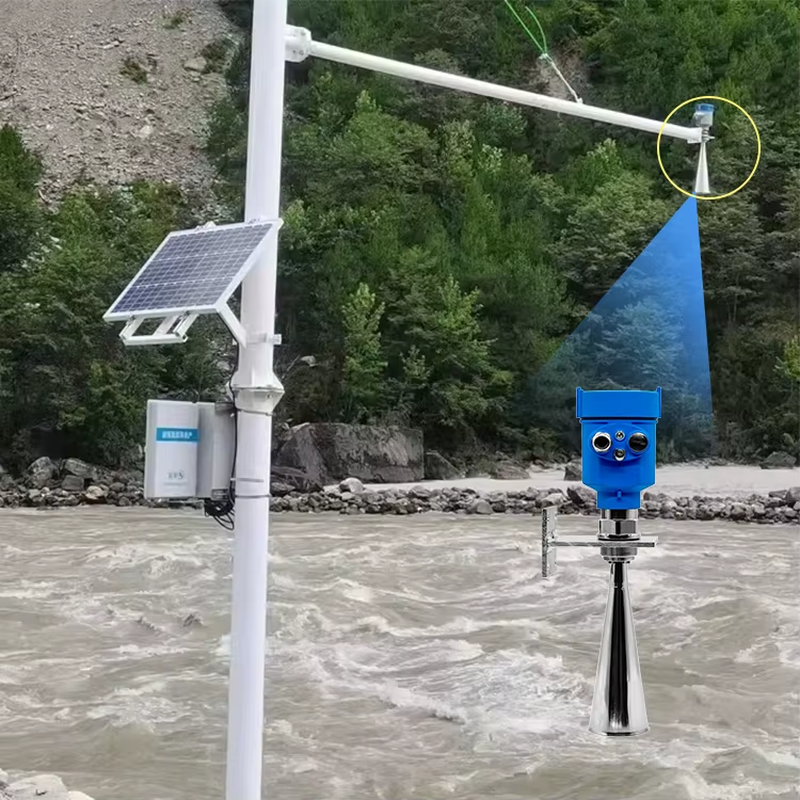
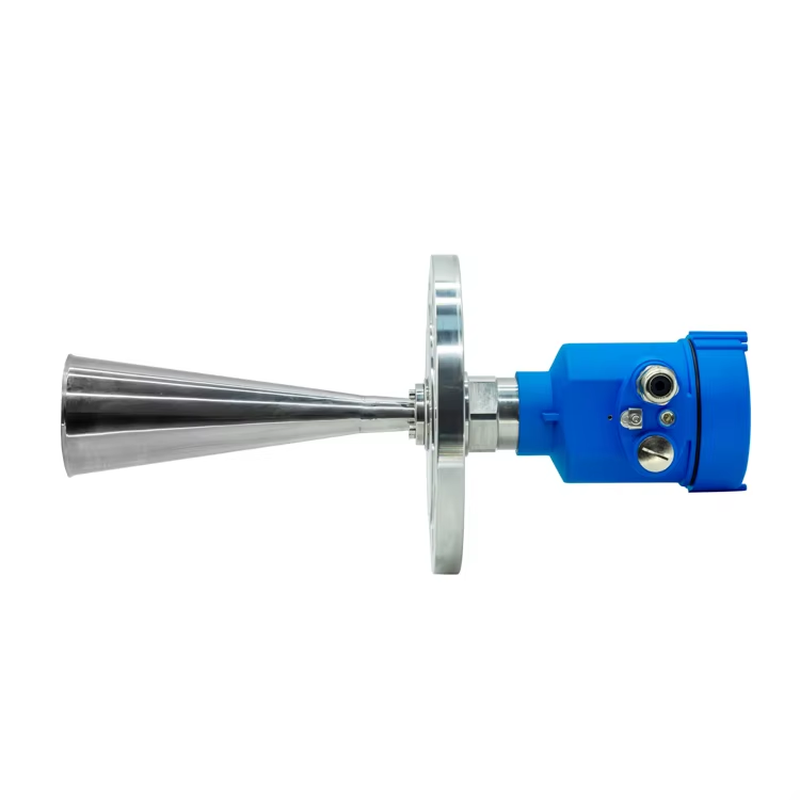
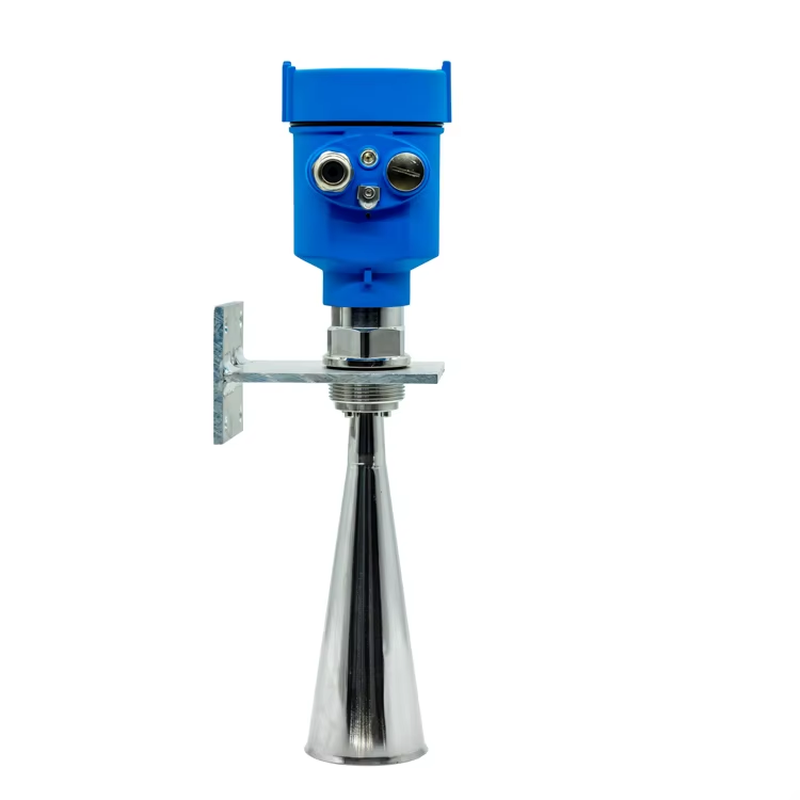
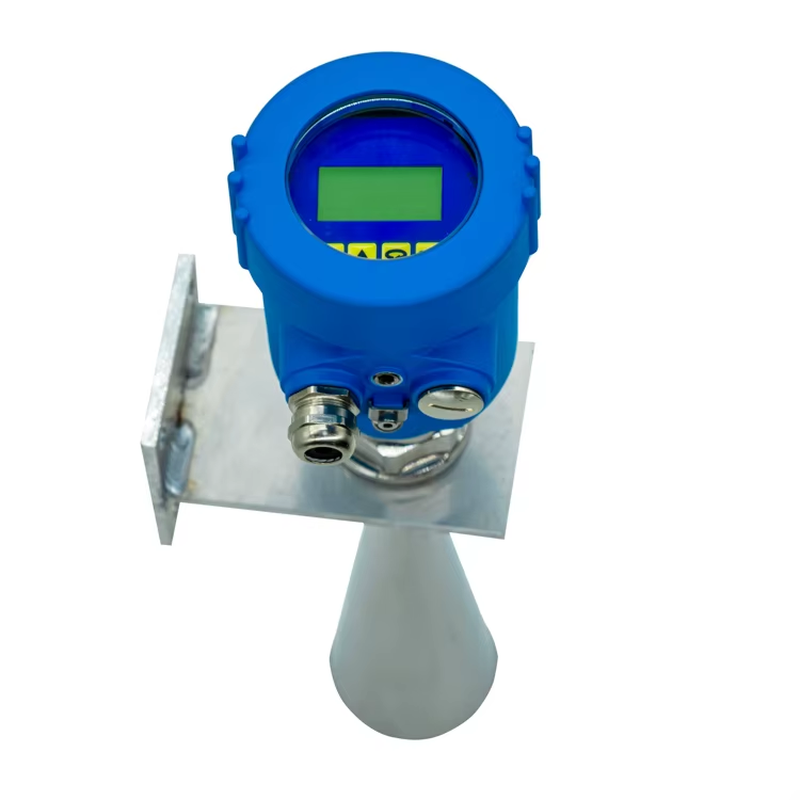
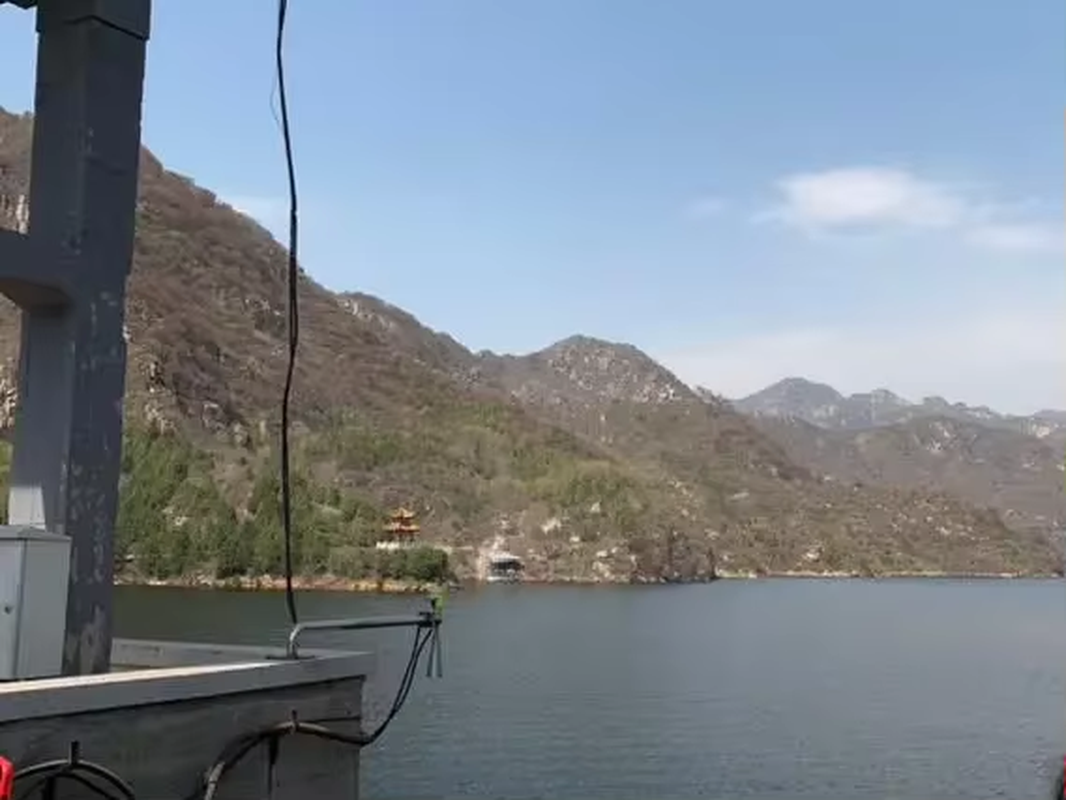
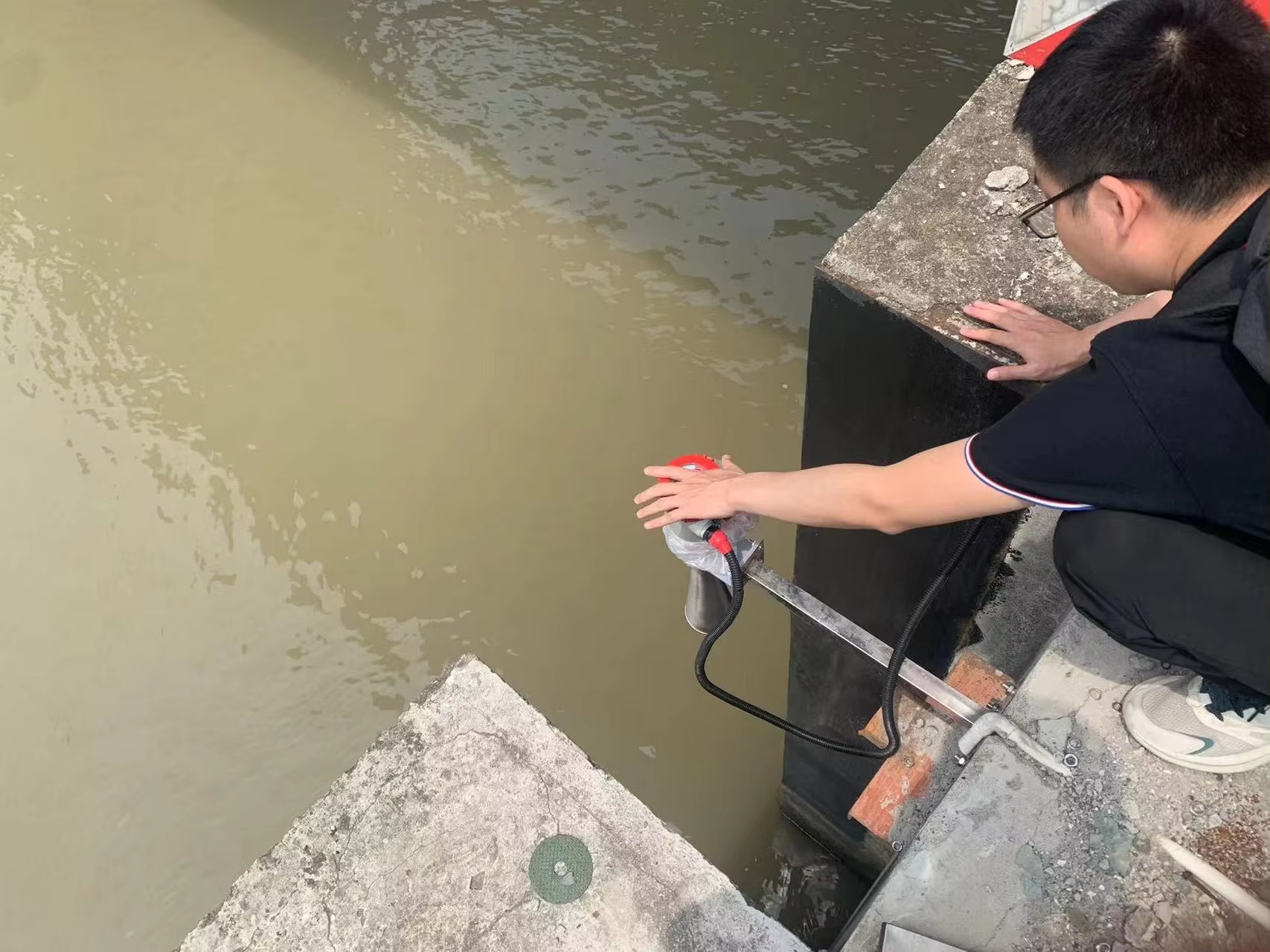
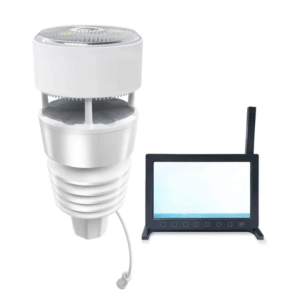
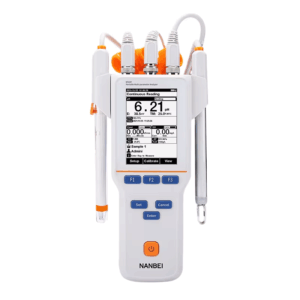
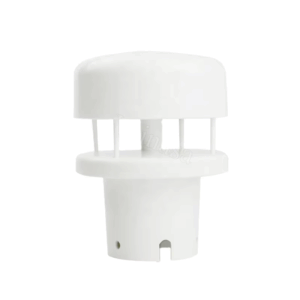
Reviews
There are no reviews yet.